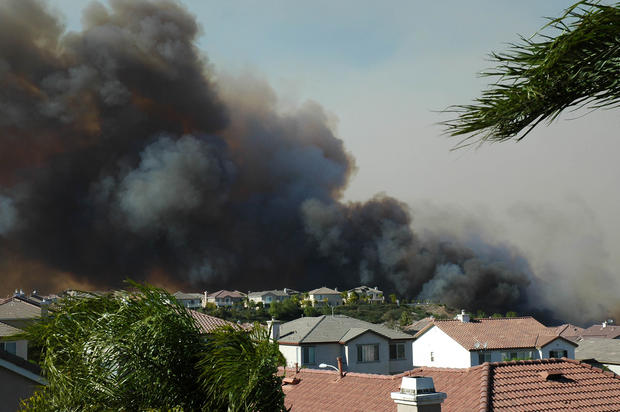How To Coordinate A Neighborhood Emergency Plan
In the wake of a tragedy the community usually pulls together. But what about in the aftermath of a natural disaster? Earthquakes, wildfires and floods can affect entire cities and everyone living in them. Depending on the severity, residents are forced to rely on themselves and neighbors until first responders can access the area. Coming together as a community is much more effective if you already have a plan in place, and coordinating an emergency plan for your neighborhood is a lot easier than you think.
Step One: Build your team
Talk with neighbors and see who is willing to participate in creating an emergency plan for the designated area. Invite reliable and responsible people whom you can trust will follow through, otherwise it will fall apart. The amount of people on your team may cause you to expand or reduce the area you want to cover.
Step Two: Determine your area
Determine a center point, whether it be a residence, business or school, and choose a certain amount of residential blocks in all directions. Areas with single homes may have a larger span than one with many apartment complexes. Take note of what is within this range, like parks, schools, businesses, police station, shopping centers, churches, etc. Creating a simple map is a great way to make sure everyone knows the perimeter.
Step Three: Know who lives in your area
Knowing in advance who might need help and who is able to provide medical assistance in advance of an emergency situation can greatly reduce fatalities. You can easily find a neighborhood survey template online to print out and leave at each of the residences included in your area. The survey asks questions about health issues, age ranges, helpful skill sets (like doctors, nurses, paramedics), languages spoken and so on.
Step Four: Choose team leaders
Anyone with medical or military training would work well in a position of leadership during an emergency, however, teachers, store managers and other people with strategization skills make for great leaders when it comes to getting people together and keeping things easy to understand and organized.
Step Five: Know your area
Know what your potential disasters are in your area. Is your neighborhood surrounded by hills and brush? Do you live near a river or by the ocean? Do you live in an industrial area or near a chemical plant? What about an earthquake-prone area? Surmise what your greatest threats are and make your plans accordingly. Designate a safe place where people can meet if they have to evacuate their homes. Also determine a triage location for the injured whether it be a backyard, a park, a school or church.
Step Six: Gather your supplies.
Find people on your team that are willing to stockpile large amounts of supplies like water, snack bars, first-aid kits and blankets in a safe area until needed; have everyone in your community contribute to it. It may be years before these things are actually needed, so these volunteers must be committed to the plan. After you have coordinated your emergency plan and have selected your team members and leaders, it is important to update and refresh your plan at least once a year in order for it to stay effective.




